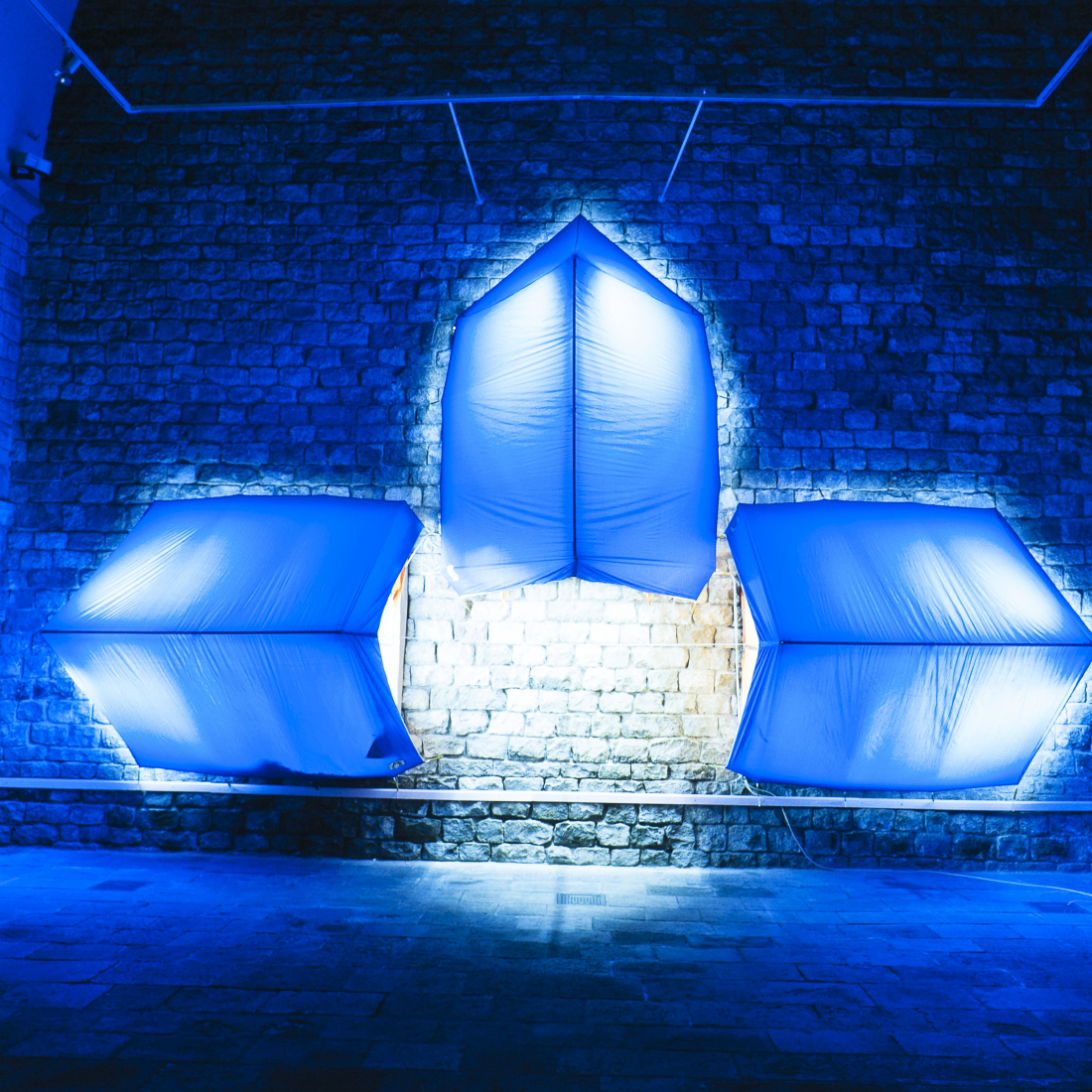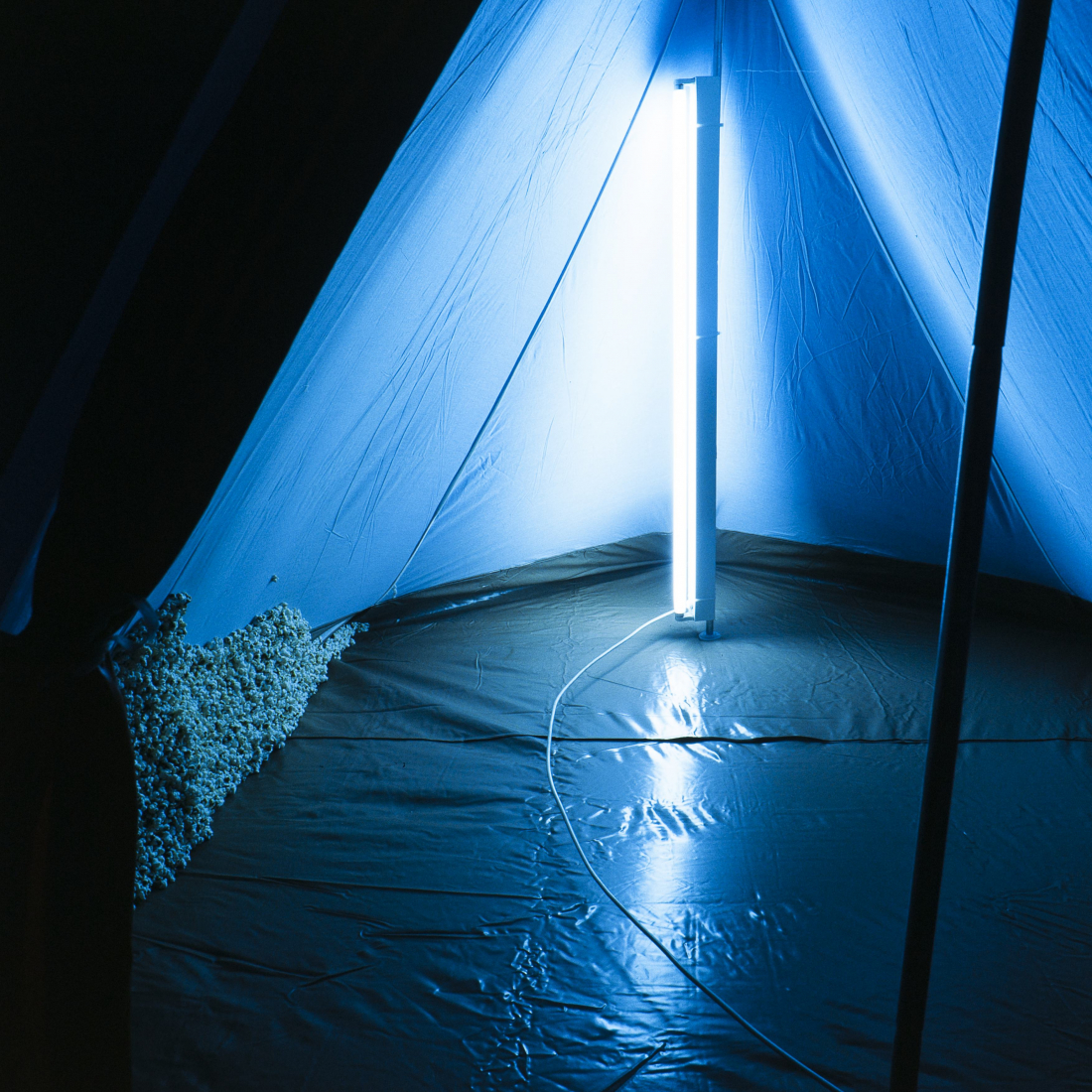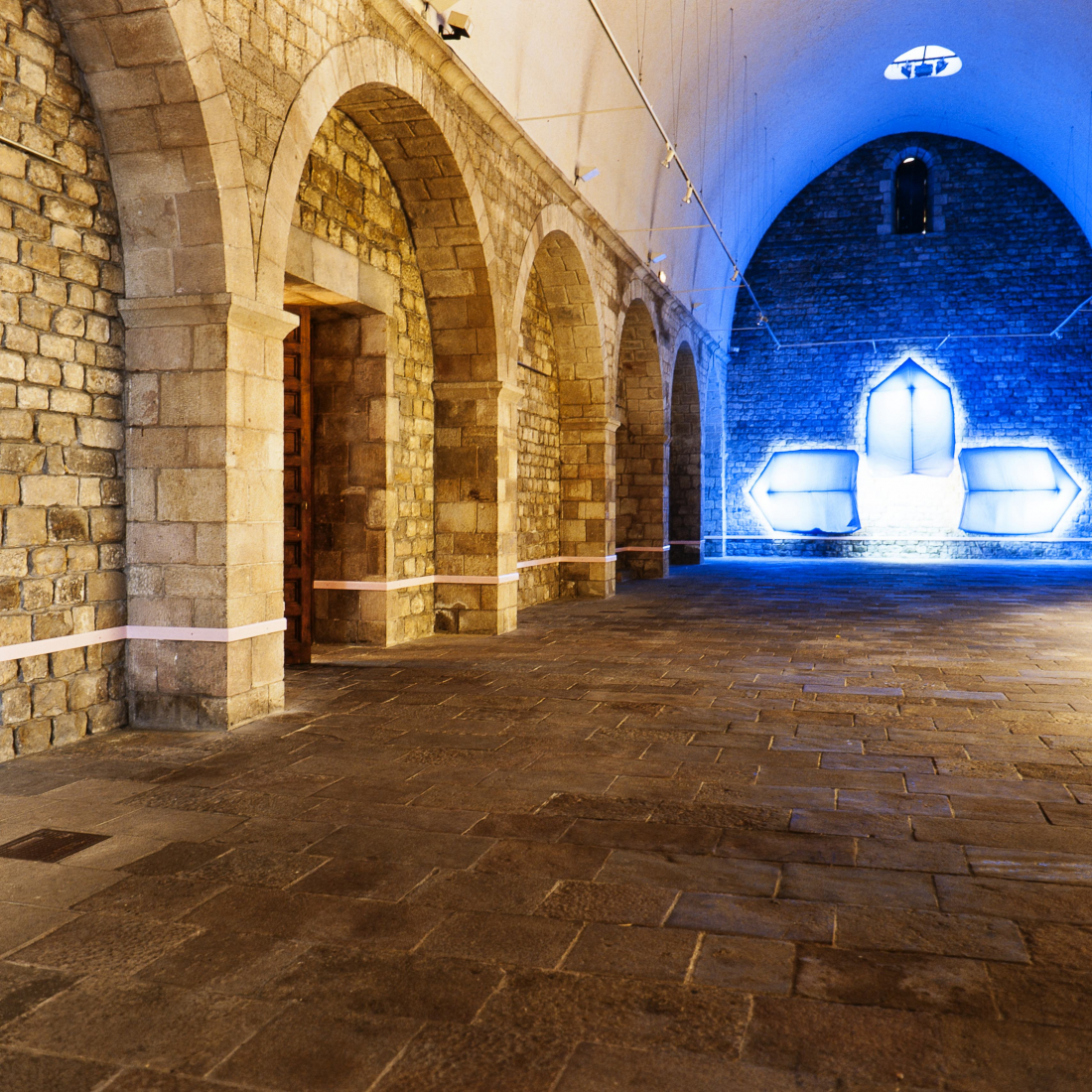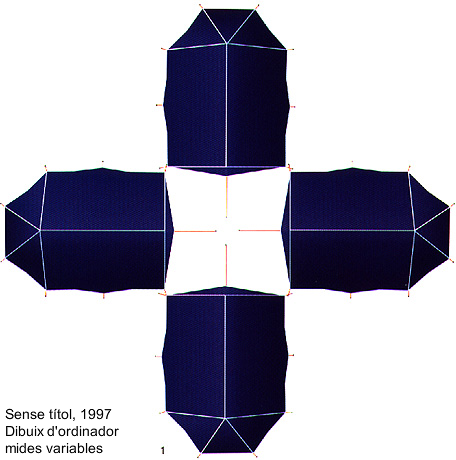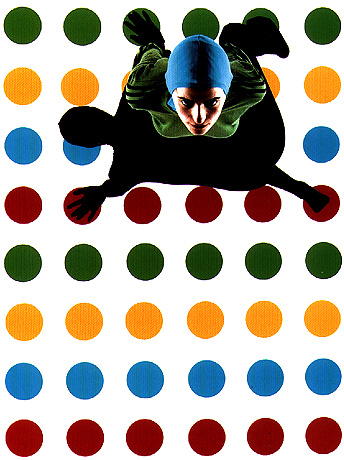Presenta
To catch the moments
If when we want to get rid of some oment in our life we choose to hide some of the objects that make us remember in a box that we will finally forget in any corner, it is because among our everyday objects there are those who have the ability to To balance the instability that characterizes our existence. And apart from the functionality for which they were conceived, there are certain objects in our environment that when linked directly to our desires and our emotions not only serve to control the vulnerability of our person, but also allow us to continue existing in this jungle of the lack of communication in which our present world has become. Faced with the lack of affectivity that reigns in most of human relationships, we are dedicated to collecting things in order to obtain the affection we desire, and when we draw in our memory our yearnings in the form of objects We feel that the words that tell us are exactly what we want to hear; until the container is filled to us and we have to go out to find another one: to recycle our waste and prevent dirt from being scattered on the ground. We have to reconstruct our particular world every time we get crushed.
Although the relationship established between the object and the subject has always been determined by the psychotherapeutic effect it has, the essence of the objects that make up our surroundings can never be separated from our desires and our emotions . Therefore, if we consider that the society in which we live besides being the one of the consumption is also the one of the proliferation of the remainders, the relation that we maintain with our objects ties with what we do when we stop them to use them by why we had them appropriate. For all this, we are faced with the worship of recycling, and as a consequence the waste generated by our capitalist economy, the essence of our objects is based on the profit that we can draw when we can reinvest them according to our Shortages, and not the benefit that other people obtain from our irrational and impulsive custom. So that we can recycle the objects of our environment for our benefit, it means the beginning of those things that we all want and which we can not explain; a metaphor of our (birth) just after our death?
After the change of the sense of the cosmos that manifests from the beginning of the 20th century, the object becomes the most immediate symbol of the world, and it is based on this change in the appreciation of things that the relationship between men and their immediate environment is altered. Likewise, as a result of the rupture of the serenity with which the successive images of the world had been refuted, the universal perspectives (both in concepts and feelings) are weakened, groups are created that guide their efforts towards Cultivation of the particular, and the new meanings acquired by the objects begin to occupy a type of artists who, by feeling motivated by a strong desire for experimentation, will consolidate the break with the established art set for Manet a few decades earlier. Until reaching the point of converting the object into the common denominator of his words, the same ones that are still heard in any of the languages in which art is manifested.
If the use of all kinds of objects in art is derived from the substitution of that represented by the representation, there is another type of investigation that also began in the first Cubist collages: the study of the obscure impressions of man through the secret qualities possessed by objects. However, if the investigation and practice of that artistic procedure was not but one more step in the adventure towards the meaning of the existence of man, it is not until the arrival of Dadaism (and more specifically of the ready-made by Marcel Duchamp) that artists begin to question the meaning of the objects that shaped their environment. Thus, when interested in the discovery of an essence rather than the construction of new forms, the Dadaists initiated the approach to the object in their spiritual aspect, and when incorporated it into their works of According to their psychological side, they declared that the meaning of the object was nothing but what the artist had given him; Any object could be a work of art. It was only necessary to choose an artist and show it in a context different from the one in which he had been conceived. This meant that the simple election was equivalent to the creation, if it was an artist. This was one of the aspects invoked by surrealists when they said that chance, understood as the conquest of new degrees of consciousness through provoked associations, implied an (new) approach to reality and also to life experiences.
But M. Duchamp's ready-mate not only stated that an object could be a work of art; it was also announced that the sculpture lost its closed character and became an important part of the environmental context surrounding it. This meant that the viewer stopped being in front of the work to move to the interior; that in order to perceive the work of art he had to travel through his space walking between the objects that the artist had chosen. And so, by integrating into the interior of a space the most unimaginable materials with all possible relationships, some of the bases on which the environments or assemblies would be founded. However, the objects that will be used in the new proposals, far from being neutral or at least indifferent, will serve to denounce some specific aspects of the daily life of our lives: the physical fragility of things, the fleeting stability of the being human ..., the need to recycle our own waste.
Despite sharing with environments and assemblies (but also with the beginning of the Cubist collage, M. Duchamp's ready-mate or the magical object of surrealism) a good part of the same principles on which their respective foundations were based artistic discourses (such as the incorporation of objects into the work of art, the location of the viewer in their interior, the reconsideration of the surrounding architectural space or the incorporation of chance in the creative process) , the interest of the artistic proposal of Oriol Font is based on the way that this artist approaches three-dimensional activity. And, although his attitude corresponds to that of a sculptor who also builds, his works are territories where the events take place. The moments lived by an artist who, by being seduced by the materials he uses, not only because of his formal properties but also because of the symbolic and secret qualities he possesses, decides to trap them in his memory after his appearance of an object of its surroundings, of a determined color, of the texture of a more or less malleable matter, of the volume of the space where it will have to be located, in the form that they have their memories or the intensity with which the artist experiences his feelings ..., of what we keep in those boxes that we forgot in any corner. And, more than just objects, they are the abstraction of our passions. And the times we want to teach are very few. Or is it that maybe when we want to do we do not remember where they are?




